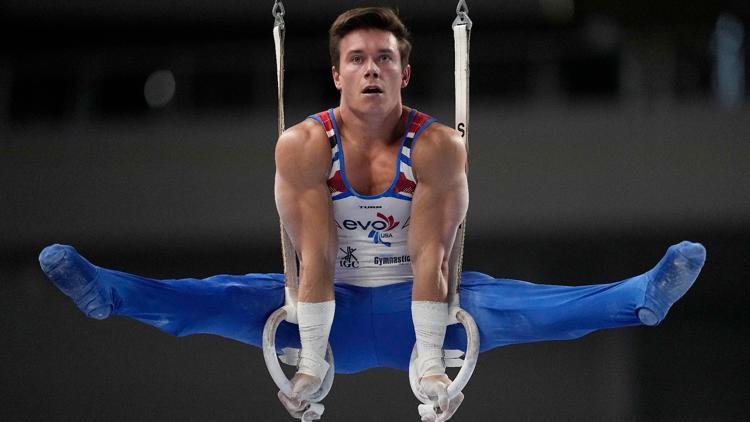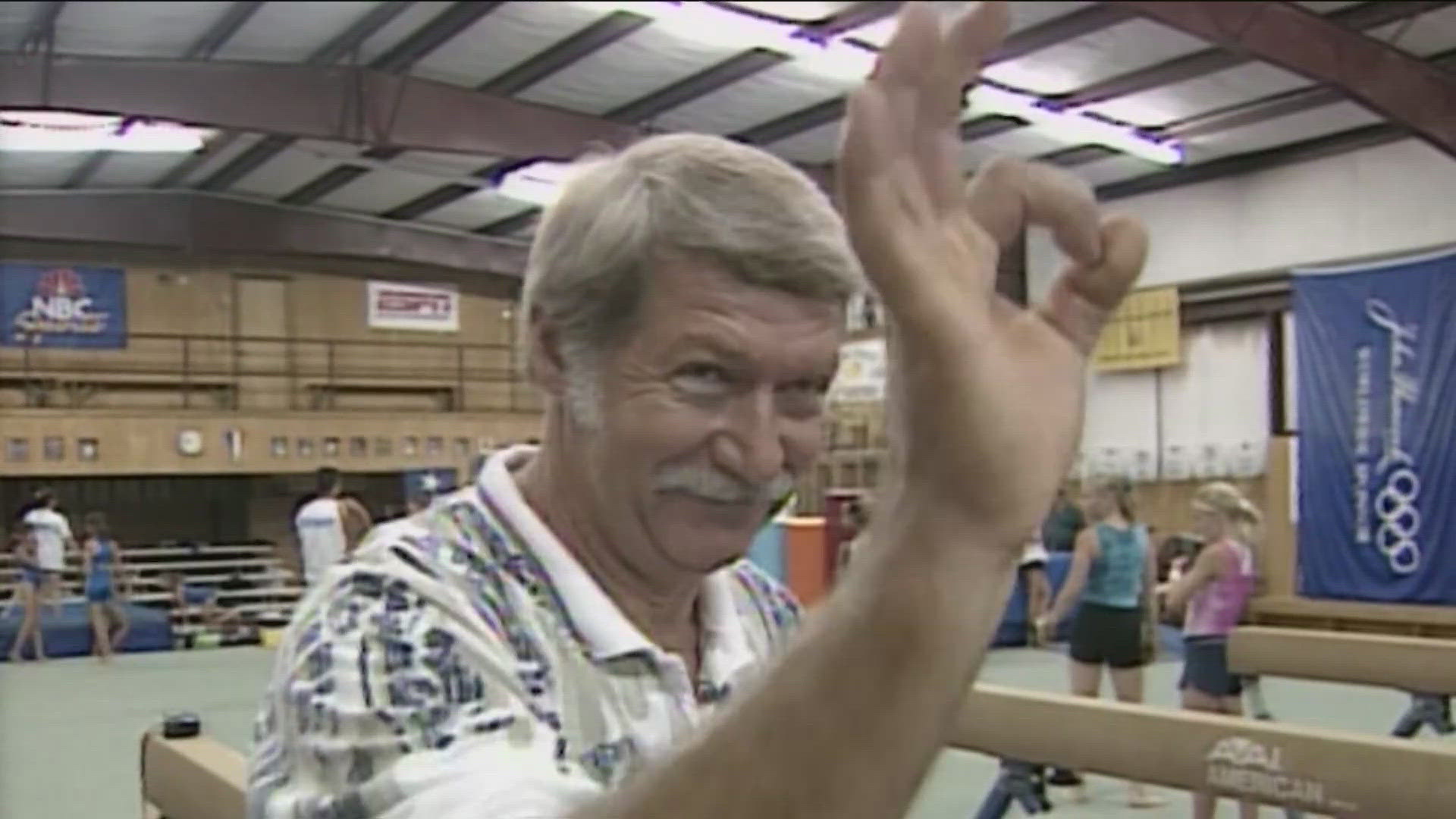FORT WORTH, Texas — Brody Malone has become an expert on many things over the last 15 months while recovering from a knee injury that threatened to derail his chances of returning to the Olympics.
Patience. Faith. Diligence. Pain tolerance. The efficacy of certain types of knee braces.
The 23-year-old gymnast is well-versed in all of them following an arduous rehab that tested him in ways he never imagined.
So yes, Malone's surgically repaired right knee was bothering him at the end of the U.S. Championships on Saturday night. His ankles and lots of other things, too.
Still, it was kind of hard to tell underneath a smile that was equal parts joy and relief following two days at the U.S. Championships in which he served a reminder that — when healthy — he remains the standard-bearer for the U.S. men's program until further notice.
The 23-year-old wrapped up his third national title on Saturday night, posting an all-around score of 172.300 that pushed him two points clear of Fred Richard.
Not one for emotional displays, Malone admitted it may take a while for a victory that seemed unlikely as 2024 began to sink in.
“With everything I’ve gone through, to be able to come back, make a comeback like I have and be competitive enough to be on the top again, it feels amazing,” Malone said.
The former rodeo rider from northwest Georgia shredded his knee at a meet in Germany in March 2023. It took three surgeries to repair the damage, the final one coming last summer.
He had originally hoped to be ready to compete in the all-around by the Olympic trials later this month in Minneapolis. The timeline was sped up a bit as he healed, and he arrived in Texas intent on not just being happy to be there. He came to win, then went out and easily put distance between himself and the rest of the group hoping for an invitation to Paris next month.
As spectacular as he was on Thursday, he may have been even better 48 hours later. His scores on three events — still rings, pommel horse and parallel bars — went up. All but one of his 12 routines received a score of 14.000, offering tangible proof he has the endurance required to headline a U.S. squad hoping to finish on the Olympic podium for the first time since 2008.
Save for a pair of sizable braces he switches back and forth from to stabilize the knee and near constant stretching between rotations, it's hard to tell Malone spent a significant portion of 2023 on crutches.
Richard, who won bronze in the all-around at the 2023 world championships, was far sharper on Saturday to finish at 170.250. The Michigan sophomore, who has made it his mission on social media to build awareness of his chosen sport, knows there's work to be done over the next four weeks if he wants to catch Malone.
“It just shows Brody is a dog, number one,” Richard said. “So much respect for him, so much respect for him to just come back and dominate. He’s definitely going to push me in the gym because I don’t like to take second. So just wait till trials.”
Richard, 20, and third-place finisher Khoi Young, 21, are part of an American group looking to make an impact in Paris.
The U.S. finished a distant seventh in Tokyo. Their sudden rise over the last three years — fueled in part by a bonus-scoring system installed in domestic meets in 2022 and 2023 designed to get them to attempt more difficult skills — has the U.S. a legit medal contender in Paris, especially with defending champion Russia out of the mix.
While Malone, Richard and Young figure to be close to locks to make it to France provided they stay healthy, there are plenty of questions behind them.
Defending national champion Asher Hong, 2020 Olympians Shane Wiskus and Yul Moldauer, pommel horse specialist Stephen Nedoroscik, Michigan teammates Paul Juda and Cameron Bock and Stanford's Colt Walker will also head to Minneapolis at the end of June in the mix.
Hong, who won the U.S. title a year ago at 19, struggled on Thursday and failed to take a significant step forward on Saturday, symbolic of a competition where several of the leading contenders left significant room for improvement heading into Olympic trials.
The Americans believe this group is deeper than more recent quads, to the point that Young — a production design major at Stanford — has been putting together spreadsheets with different versions of the team trying to come up with the one that would maximize the U.S.'s medal potential.
Young's name is on some versions of the teams. It's not on others.
Maybe, there is one who — barring a setback — would seem to be a fixture on them all. It's the athlete lugging around the massive knee braces who took the long road back to a familiar and rewarding spot: atop the podium.



